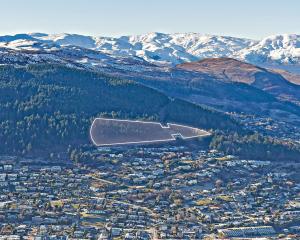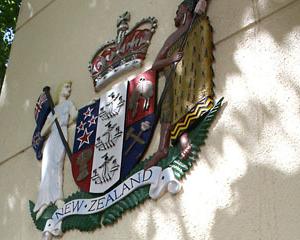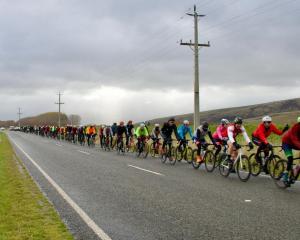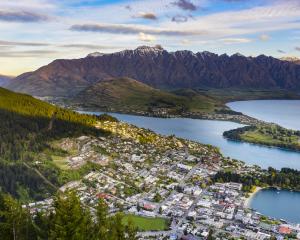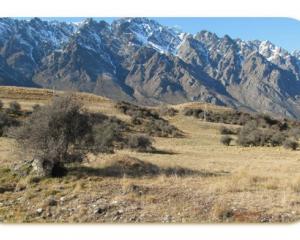Some of Queenstown's busiest streets, and busiest hospitality hot spots, are also the most at risk during an earthquake.
The Queenstown Lakes District Council yesterday released a list of buildings found to be possibly earthquake-prone.
The list includes several buildings on busy thoroughfares such as Ballarat St, Rees St, and Marine Parade and all of Cow Lane.
Forty-two buildings have been listed as possibly earthquake-prone, the council report said.
"A number of the remaining 42 buildings identified as potentially earthquake-prone are constructed all or in part of unreinforced masonry (URM) that do not contain steel, timber or fibre reinforcement,'' the report says.
Under the Building (Earthquake prone-Buildings) Amendment Act 2016, councils across New Zealand had to identify priority buildings.
Priority buildings are classed as those which pose a high risk to life safety, or are critical to recovery in an emergency.
To identify those, the council has to identify priority thoroughfares.
They can be determined to be a priority if they have high pedestrian or vehicle traffic, or if they have unreinforced masonry buildings that could collapse in an earthquake.
Ballarat St appeared to be the most at risk as 10 buildings in it were listed as possibly earthquake prone.
The owner of a priority building in a high or medium seismic zone has 12 months to provide a seismic assessment.
If the building is found to be below 34% of the National Building Standard, its owner has seven and a-half years to strengthen it if it is in a high seismic zone, or 12 and a-half years if it is in a medium zone.
The council is now seeking public feedback about which thoroughfares should be considered priorities.
Councillors will be asked at Friday's full council meeting to approve a special consultative process.



